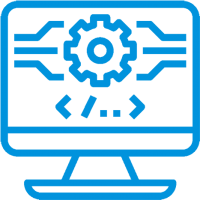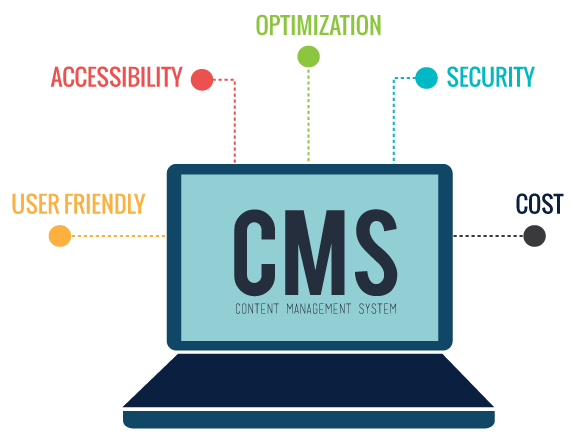WEB DEVELOPMENT
WEB DEVELOPMENT
Web development refers in general to the tasks associated with developing websites for hosting via intranet or internet. The web development process includes web design, web content development, client-side/server-side scripting and network security configuration, among other tasks.
In a broader sense, web development encompasses all the actions, updates, and operations required to build, maintain and manage a website to ensure its performance, user experience, and speed are optimal.


FRONT-END DEVELOPMENT
Front-end, also known as client-side, development is used to build the layout, design and interactivity of a website. Front-end development is used to define how a website displays videos, images, text and graphics. It also defines front-facing interaction, such as minimizing and maximizing visual assets, highlighting text and filling out form fields. Front-end development uses the programming languages HTML, CSS and Javascript.

BACK-END DEVELOPMENT
Back-end, or server-side, development builds the digital infrastructure and behind-the-scenes functionality of a website to ensure it runs smoothly. The back end is made up of the server the website is hosted on, an application that operates the site and a database that stores the site data. Developers can use a variety of programming languages for back-end development, as servers can be configured to understand virtually any language
